The “farmhouse sink,” also known as a “front-panel sink,” features a distinct exposed panel at the front of the basin, combining both aesthetic appeal and practicality. This article will provide a comprehensive guide on selecting the perfect farmhouse sink for your kitchen, covering dimensions, materials, installation methods, functional and stylistic compatibility, budget considerations and hidden costs, as well as cleaning and maintenance.
Why Choose a Farmhouse Sink
Originally designed for farmhouse settings without running water, farmhouse sinks typically feature larger dimensions and an exposed front apron for easy cleaning of bulky items. Today, they serve not only as functional pieces but also as visual focal points in kitchen design.
Benefits of choosing a farmhouse sink include:
- Generous capacity: Accommodates deep pots, large baking sheets, and other oversized cookware.
- Enhanced comfort: The apron brings the sink closer to the user, reducing bending distance.
Aesthetic Appeal: Serves as a design highlight in the kitchen.
Of course, certain considerations apply, such as higher cost, complex installation, and the need for cabinet reinforcement.
Dimensions and Capacity: Matching Kitchen Space and Usage Habits
1. Length, Width, Depth
Length: Common sizes include 30 inches and 33 inches, though larger or smaller options exist.
Width: Excessively wide sinks may encroach on countertop space or protrude beyond cabinetry.
Depth: Greater depth increases capacity but requires more bending, posing challenges for children or shorter individuals.
2. Matching Base Cabinets
Base cabinet width should exceed sink width by approximately 3 inches to accommodate structural clearance.
When front aprons are exposed, cabinet fronts often require customization or modification.
Deep sink installations may reduce under-sink storage space.
3. Selecting Based on Usage Habits
Frequent users of large pots and pans: Opt for a large single-bowl sink.
Prefer separate work zones: Consider a double-bowl design.
Limited kitchen space: Shallow or narrower models are more suitable.

Material Selection: Balancing Durability, Aesthetics, and Maintenance
Different materials determine price, durability, and maintenance requirements.
Common Materials and Characteristics
Fireclay: High-temperature fired for a smooth, scratch-resistant, and heat-resistant surface.
Enameled Cast Iron: Classic and substantial, but heavy and expensive.
Stainless Steel: Modern aesthetic, easy to clean, relatively affordable.
Composite Stone or Natural Stone: Unique patterns, durable but heavier.
Decision-Making Guide
Prefer classic white style: Choose fireclay or enameled cast iron.
Favor modern minimalism: Stainless steel is more suitable.
Prioritize durability and practicality: Focus on scratch resistance, heat tolerance, and impact resistance.
Budget-conscious: Opt for lightweight, easy-to-install materials.
Tip: Heavier materials demand stronger base cabinet support; lighter colors show dirt more easily.
Installation Methods and Technical Requirements
Installing farmhouse sinks is more complex than standard sinks and requires advance planning.
Installation Methods
Overmount: Sink sits on countertop; simple installation.
Flush-mount: Sink sits flush with countertop for a cleaner look.
Undermount: Installed beneath the countertop for clean lines but requires stronger support.
Installation Considerations
Verify the sink's weight against the cabinet's load capacity.
Exposed front apron designs necessitate custom cabinet front construction.
Drain locations and garbage disposals may require repositioning.
Plan faucet holes and pipe routing in advance to avoid future rework.
Installation Recommendations
New Construction: Select the sink first, then customize cabinets and countertops.
Kitchen Renovation: Choose compatible sizes to minimize modifications.
Professional Installation: Hire experienced installers to ensure safety and stability.
Functional Configuration & Style Matching
Single Bowl vs. Double Bowl
Single Bowl: Offers more space for washing large cookware.
Double Basin: Enables simultaneous tasks for greater flexibility.
Front Panel Design
Projecting Style: Strong visual impact, ideal for rustic or vintage kitchens.
Sleek Style: Straight lines complement modern minimalist or industrial aesthetics.
Faucet and Accessory Pairing
Most farmhouse sinks lack pre-drilled faucet holes; pair with countertop or wall-mounted faucets.
High-arch or pull-out spray faucets are recommended for deep-bowl cleaning.
Accessories like drain racks and cutting boards enhance usability.
Style Pairing Suggestions
Country Style: White fireclay paired with wood-toned cabinets.
Modern Style: Stainless steel with gray or black countertops.
Vintage Style: Copper or stone finishes add character.
Budgeting and Hidden Costs
The cost of a farmhouse sink extends beyond the product itself to include installation and remodeling expenses.
Cost Breakdown
Sink Price: Varies significantly by material.
Cabinet Modification & Reinforcement: Higher costs if structural redesign is required.
Countertop Cutting & Reinstallation: May incur additional charges.
Drain System Adjustment: Deep sinks often necessitate flange replacement or extended piping.
Recommendations
Include renovation costs in your budget, not just the product price.
Finalize sink specifications early in the renovation to avoid mid-project changes.
A high-quality sink enhances the kitchen's overall value, offering better long-term cost-effectiveness.
Cleaning, Maintenance, and Usage Tips
Daily Care
Fireclay and enamel surfaces require regular cleaning to prevent stain buildup.
Stainless steel should be protected from water spots and scratches; use a soft sponge for cleaning.
Stone surfaces require periodic waxing to prevent staining.
Usage Tips
Use bottom protection grids to prevent cookware from scratching the sink.
Maintain proper drainage to avoid water accumulation and odors.
Regularly inspect edge seals for integrity to prevent leaks.
Practical Recommendations
Households with children may opt for medium-depth models.
White finishes appear cleaner but demand higher maintenance standards.
Enhance overall convenience and aesthetics with dedicated accessories.
Selection Process Summary
1. Define your usage requirements.
2. Accurately measure kitchen space.
3. Determine size and basin count based on habits.
4. Select suitable materials and styles.
5. Plan installation method and cabinet structure.
6. Allocate budget, reserving funds for modifications.
7. Finalize accessories, faucets, and overall style.
8. Research maintenance methods and cleaning costs in advance.

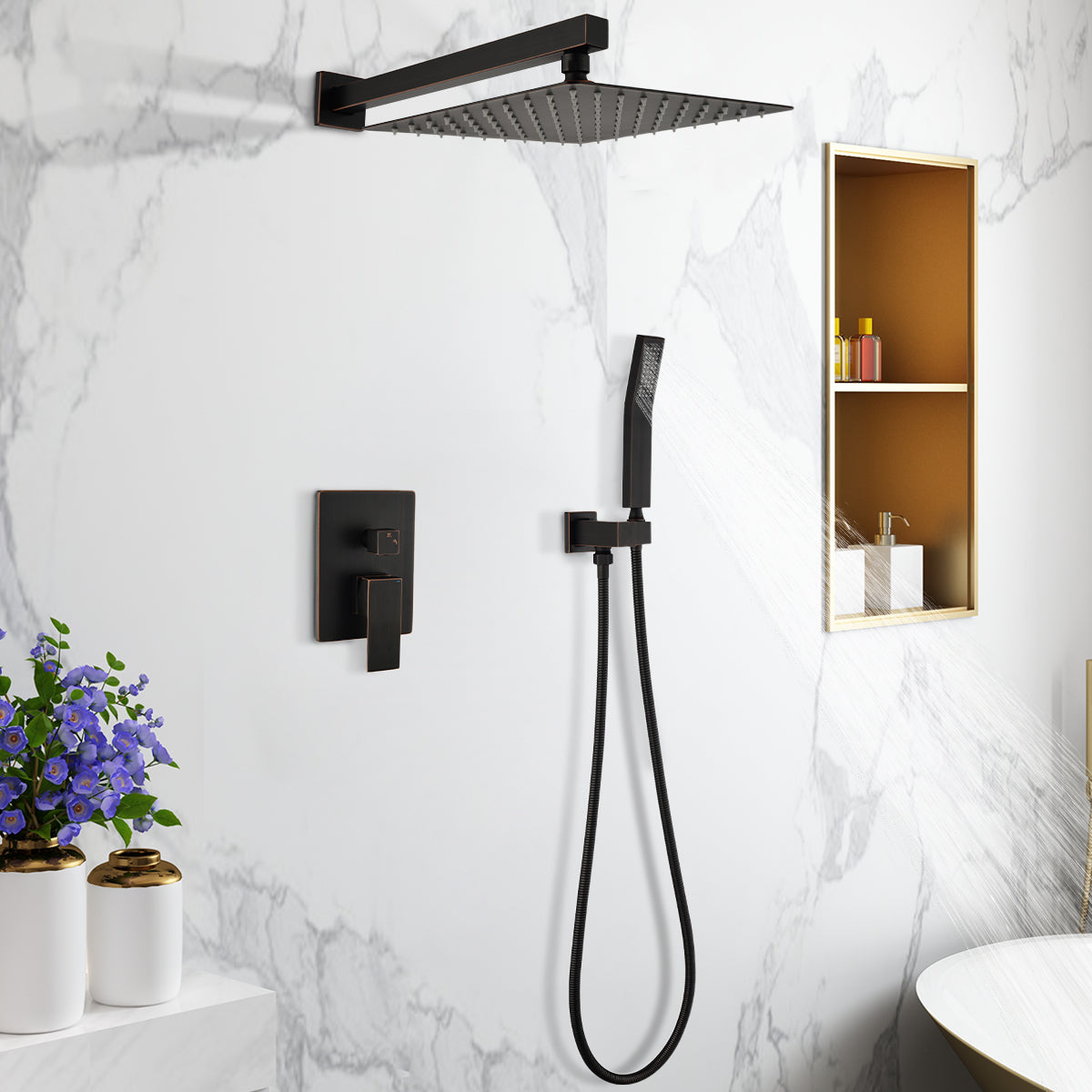






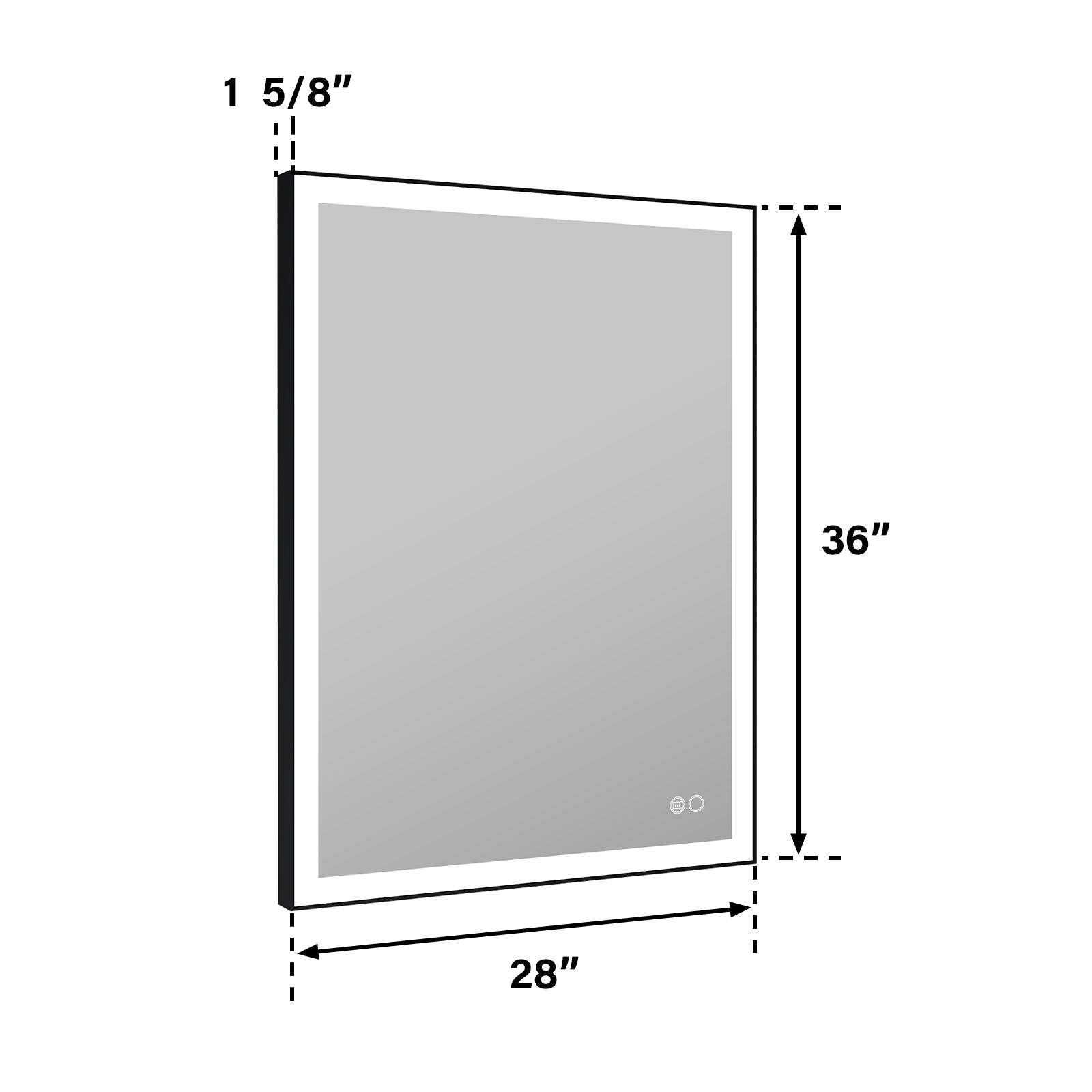

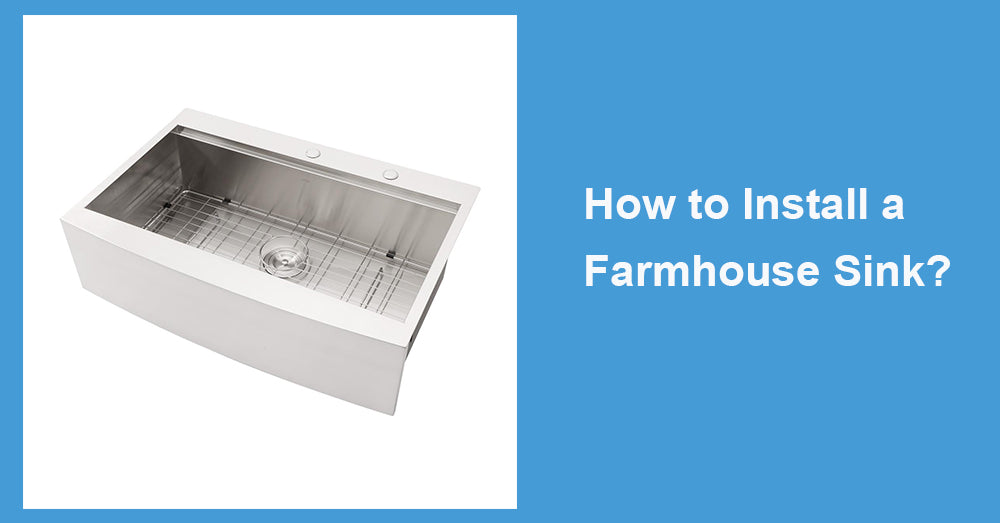
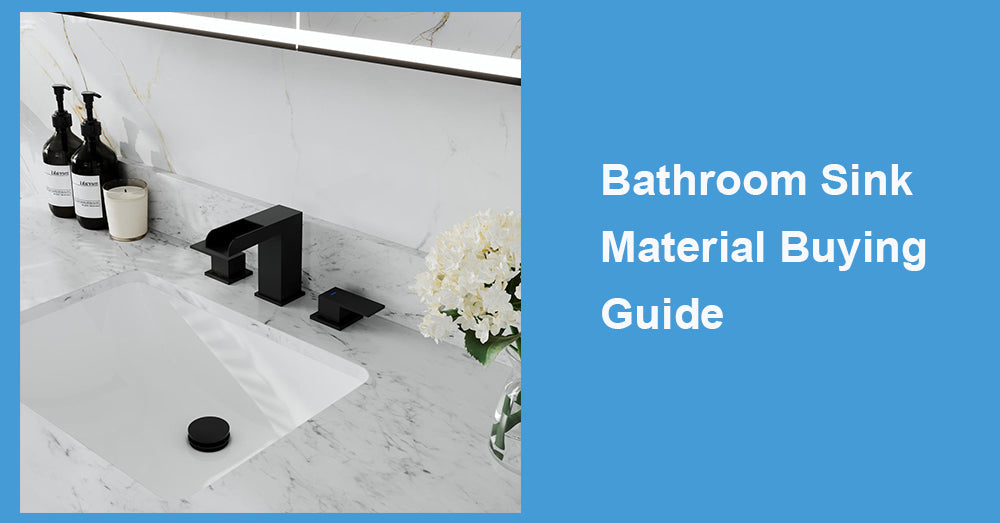
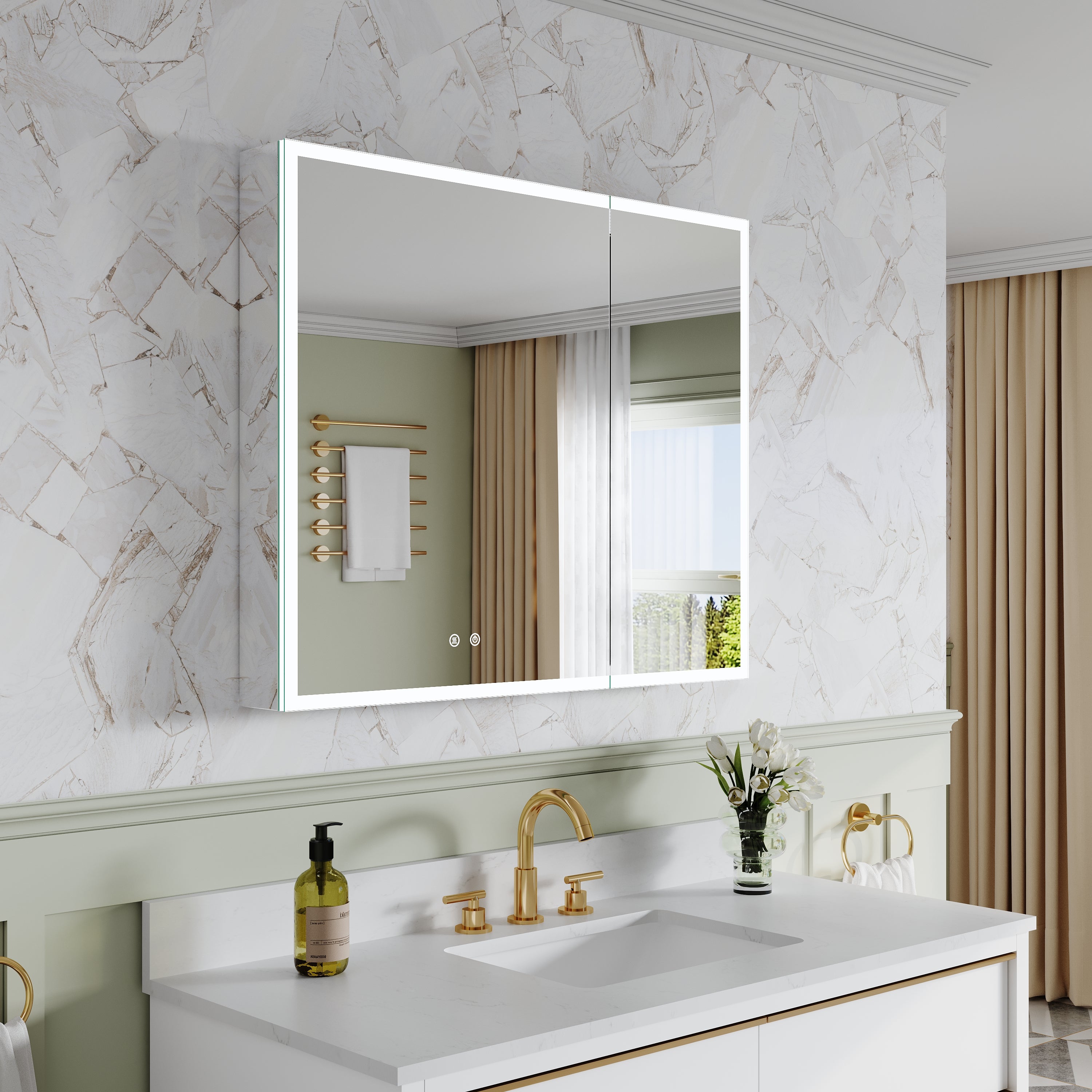
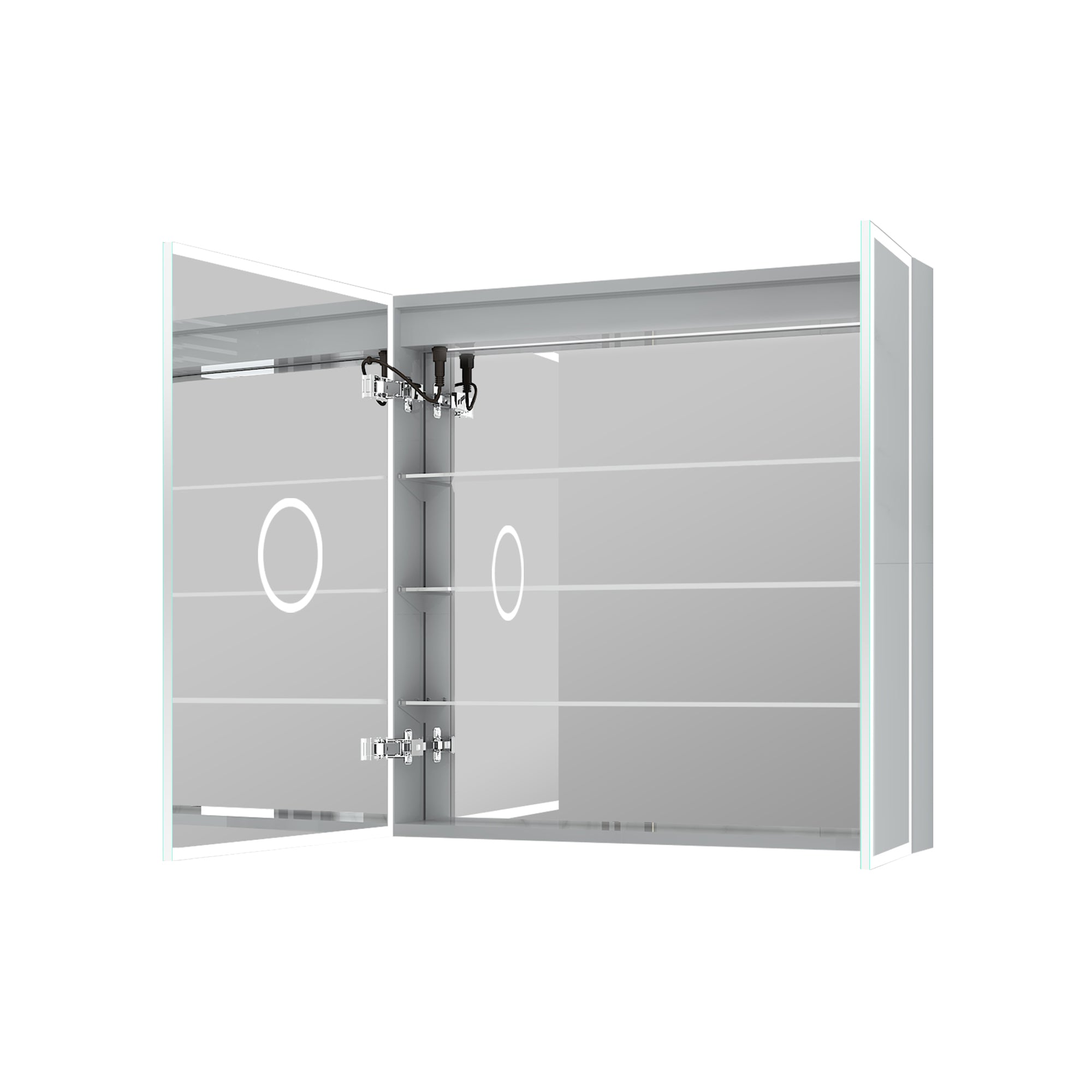
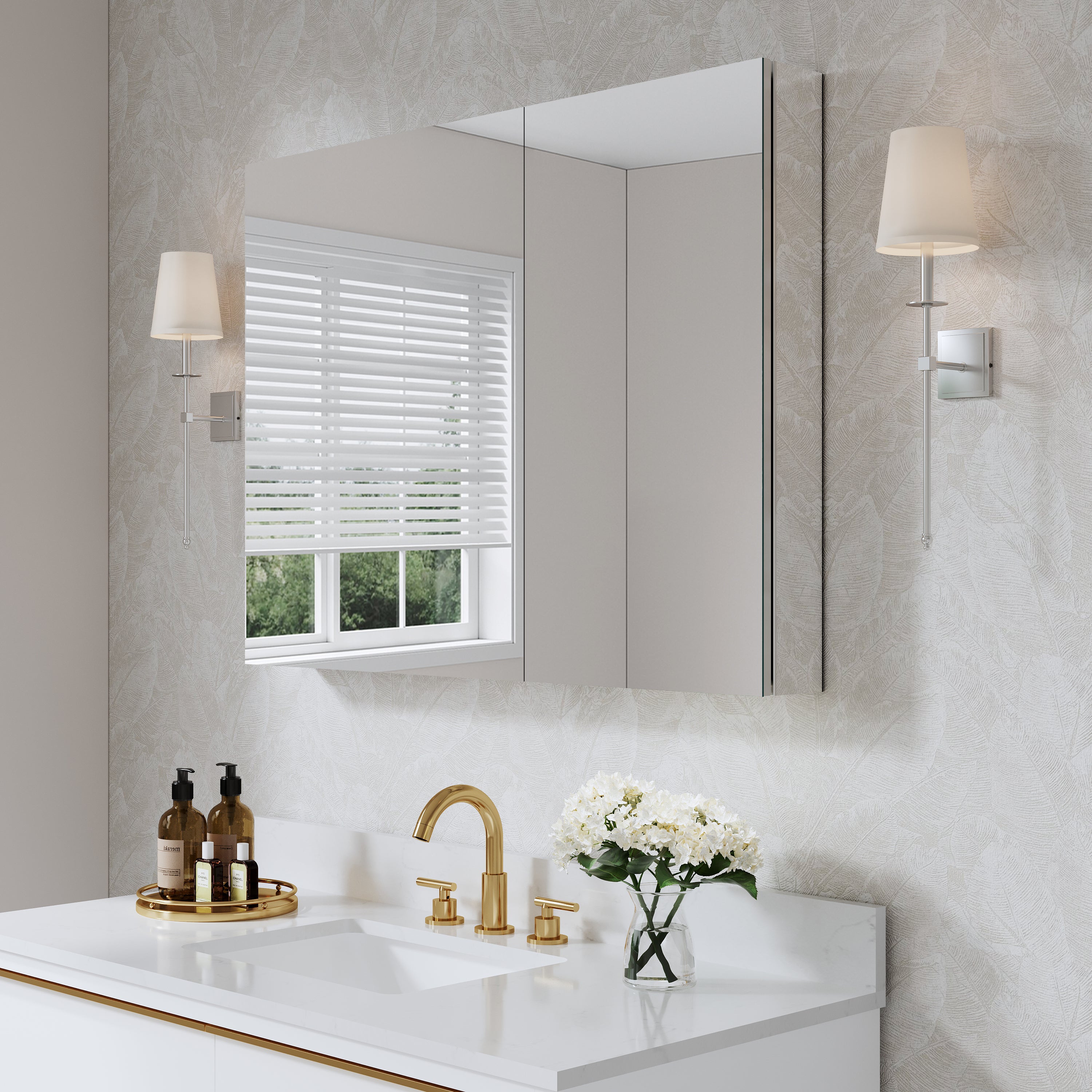

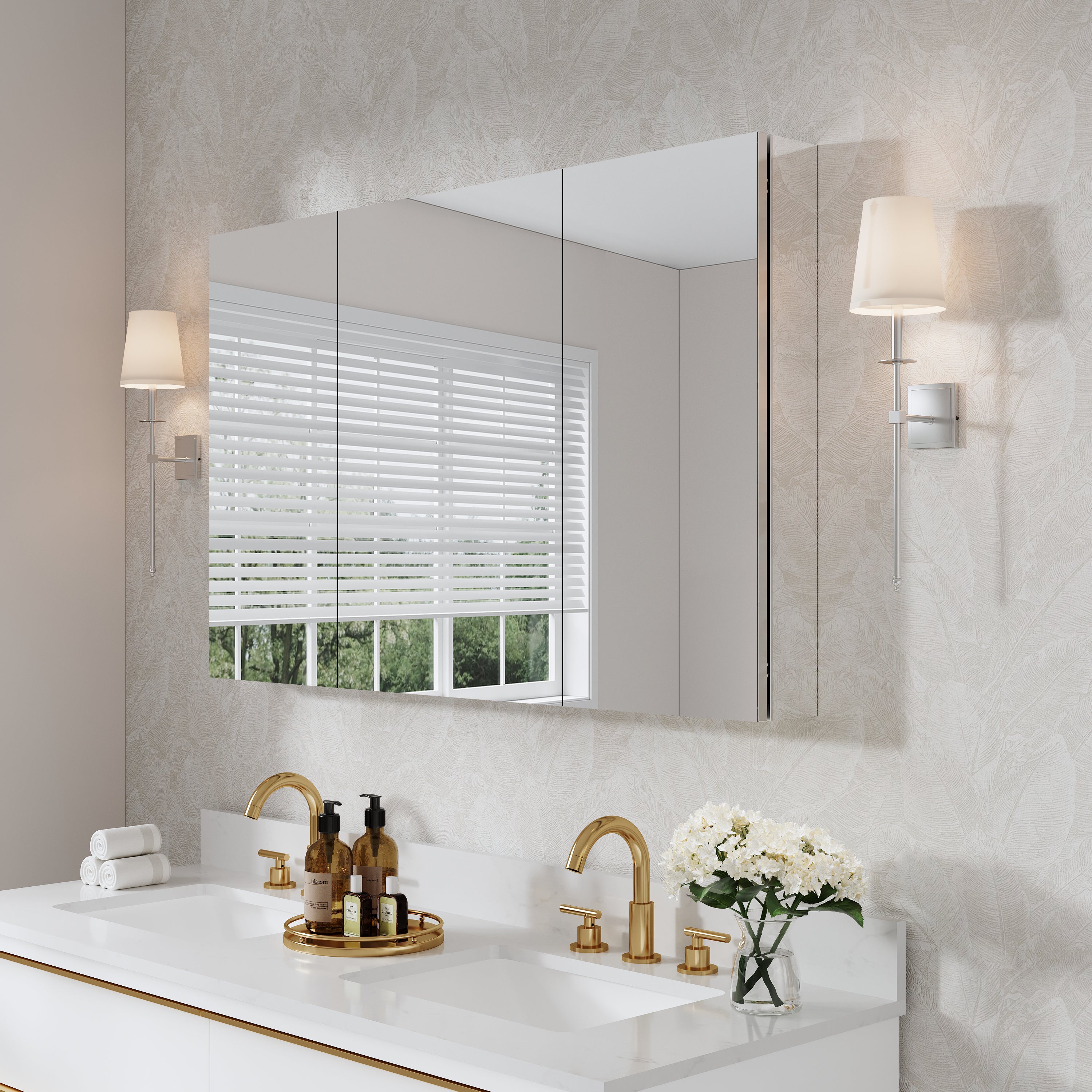
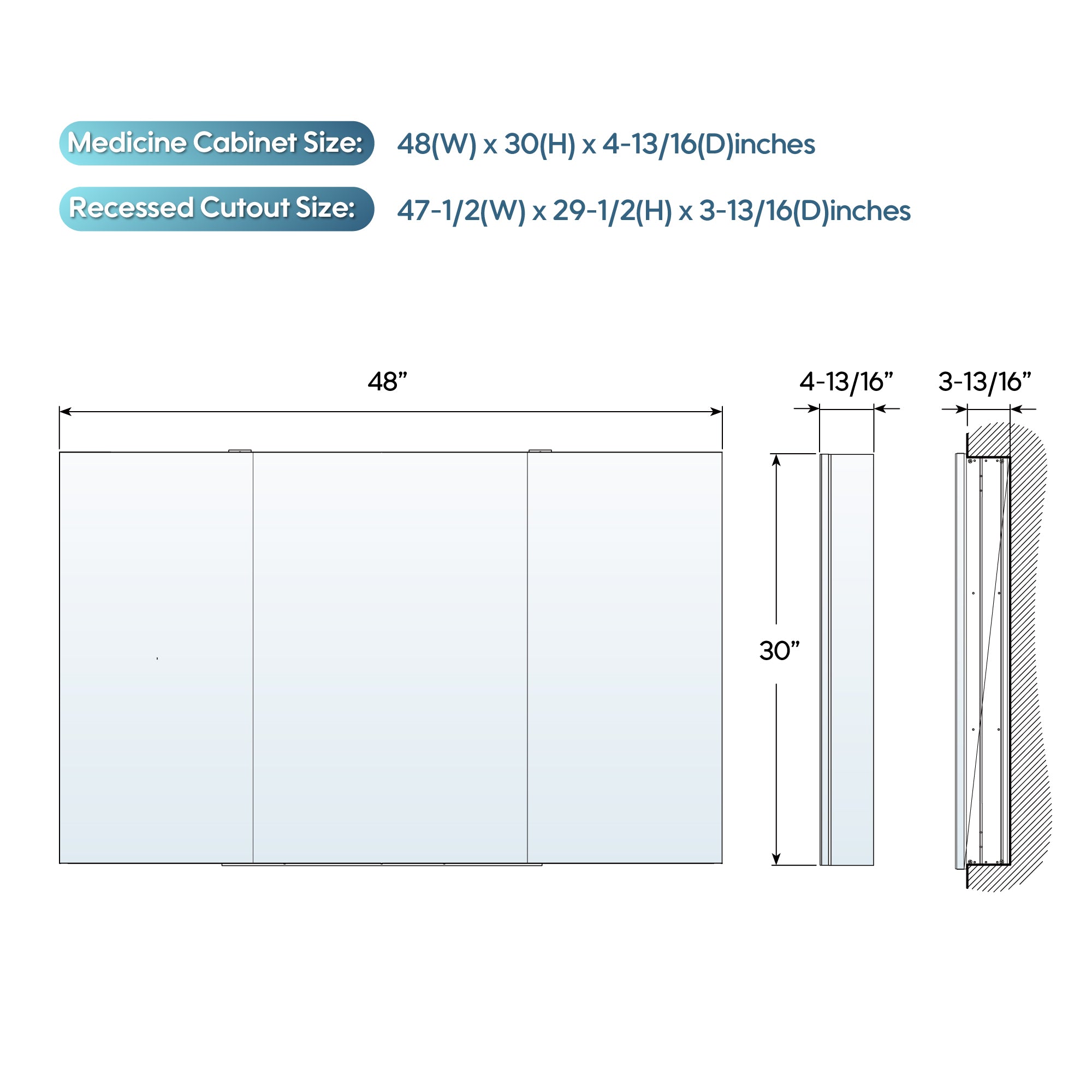

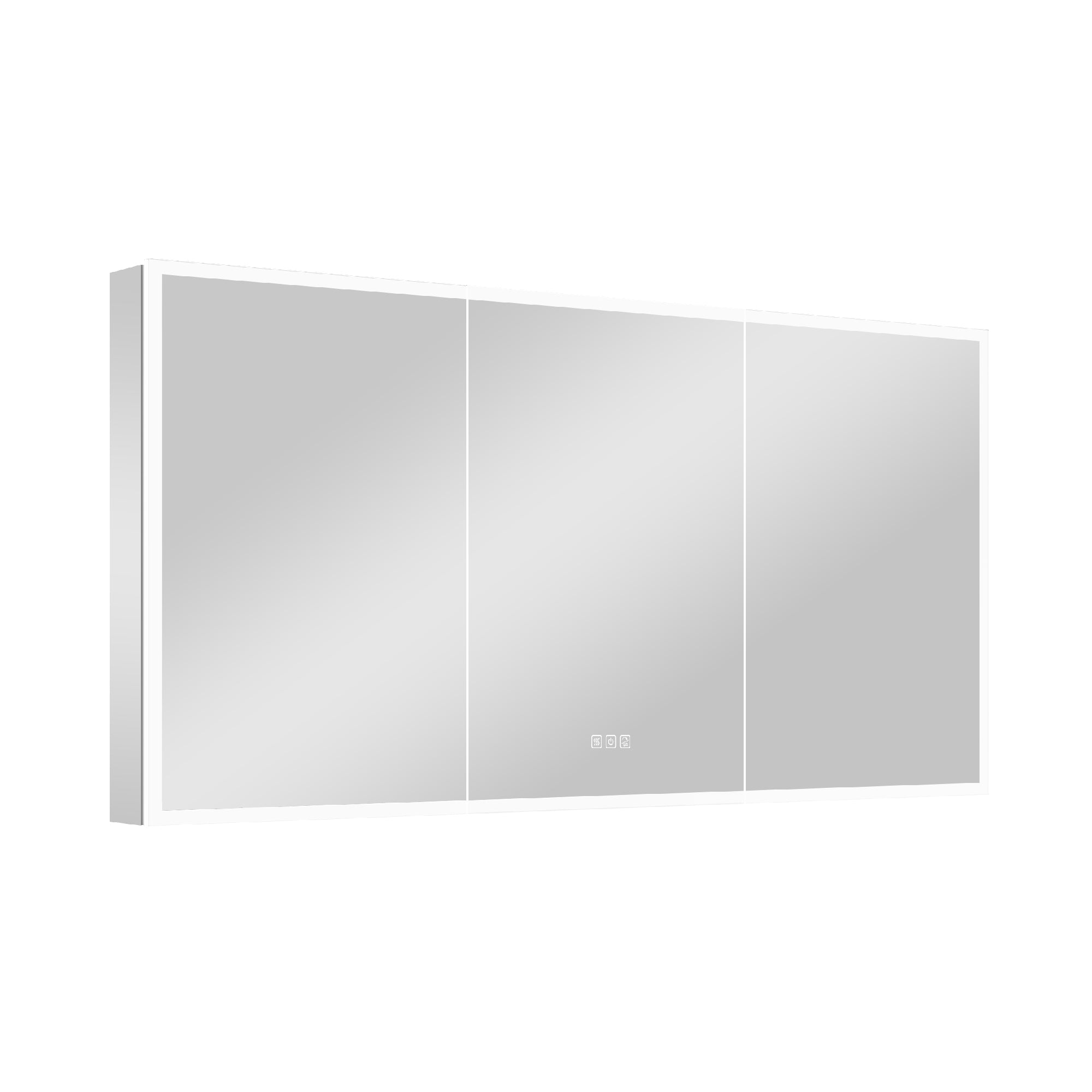
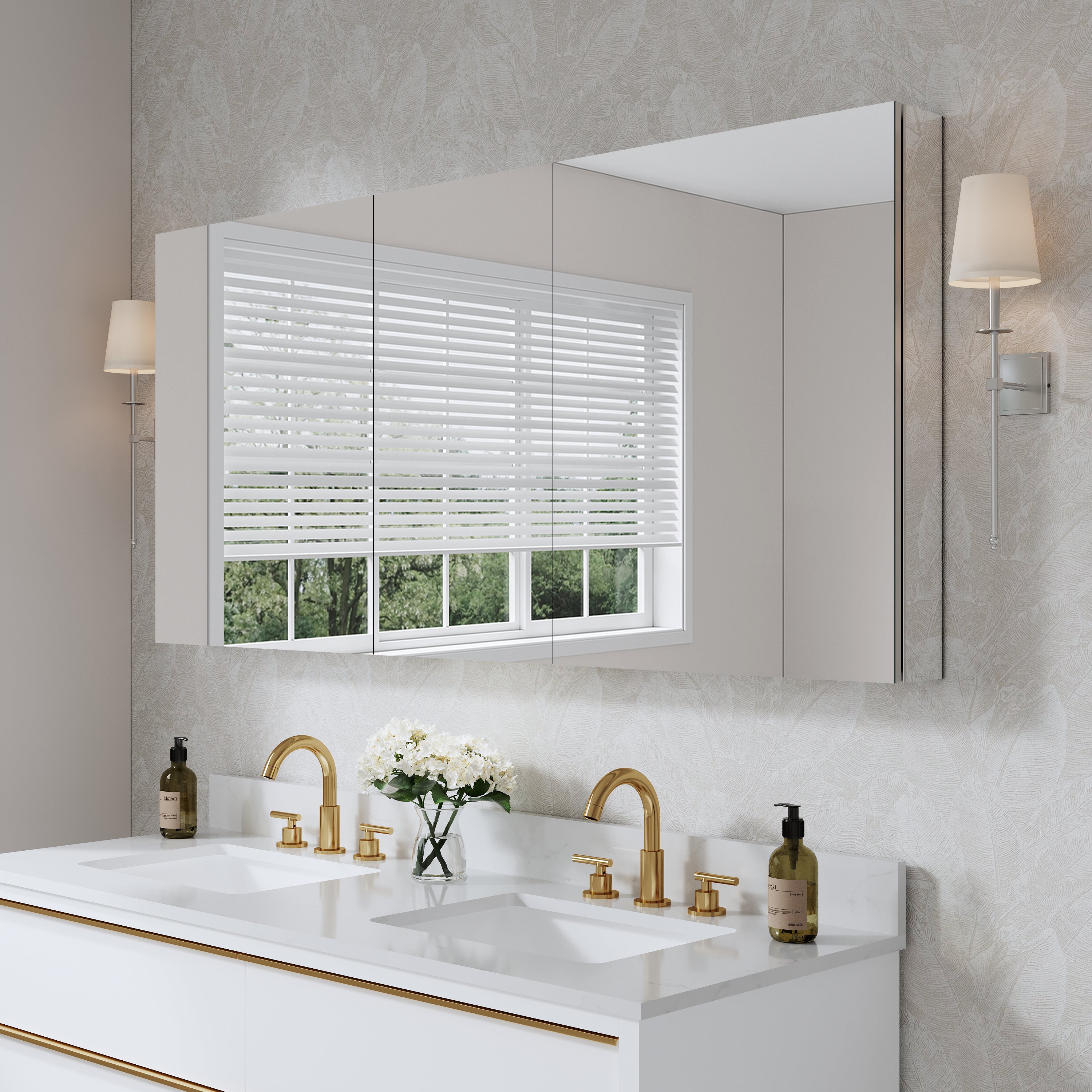




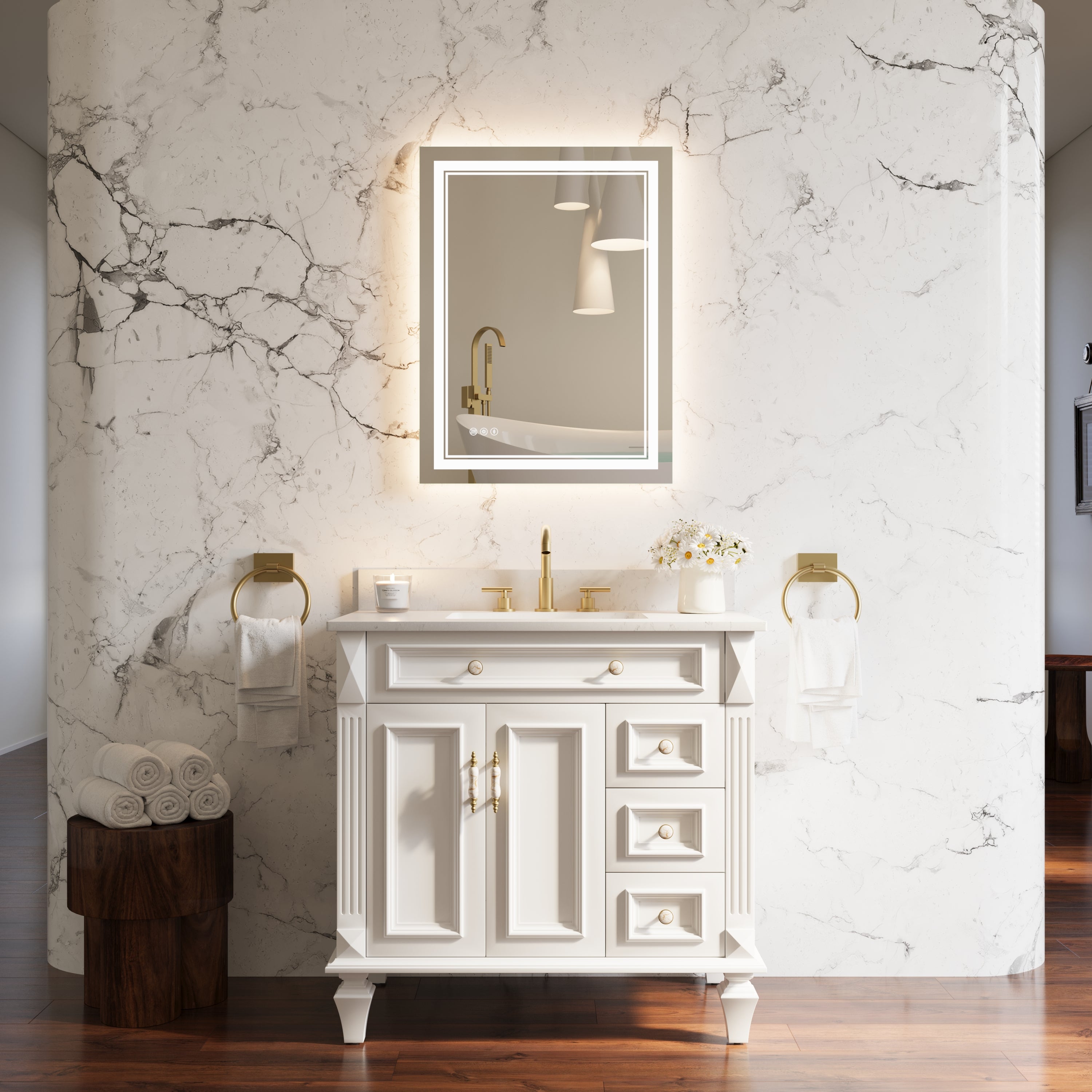
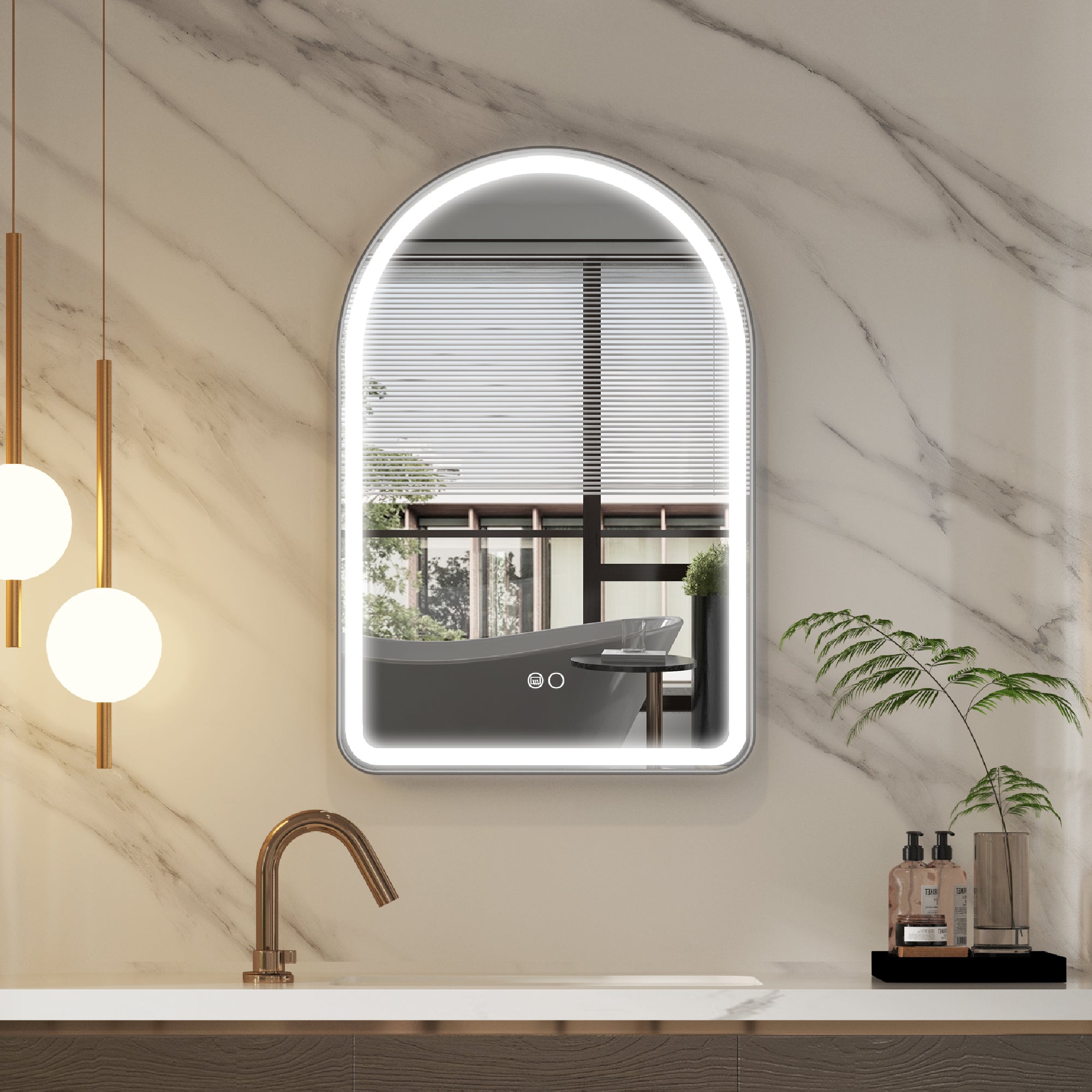
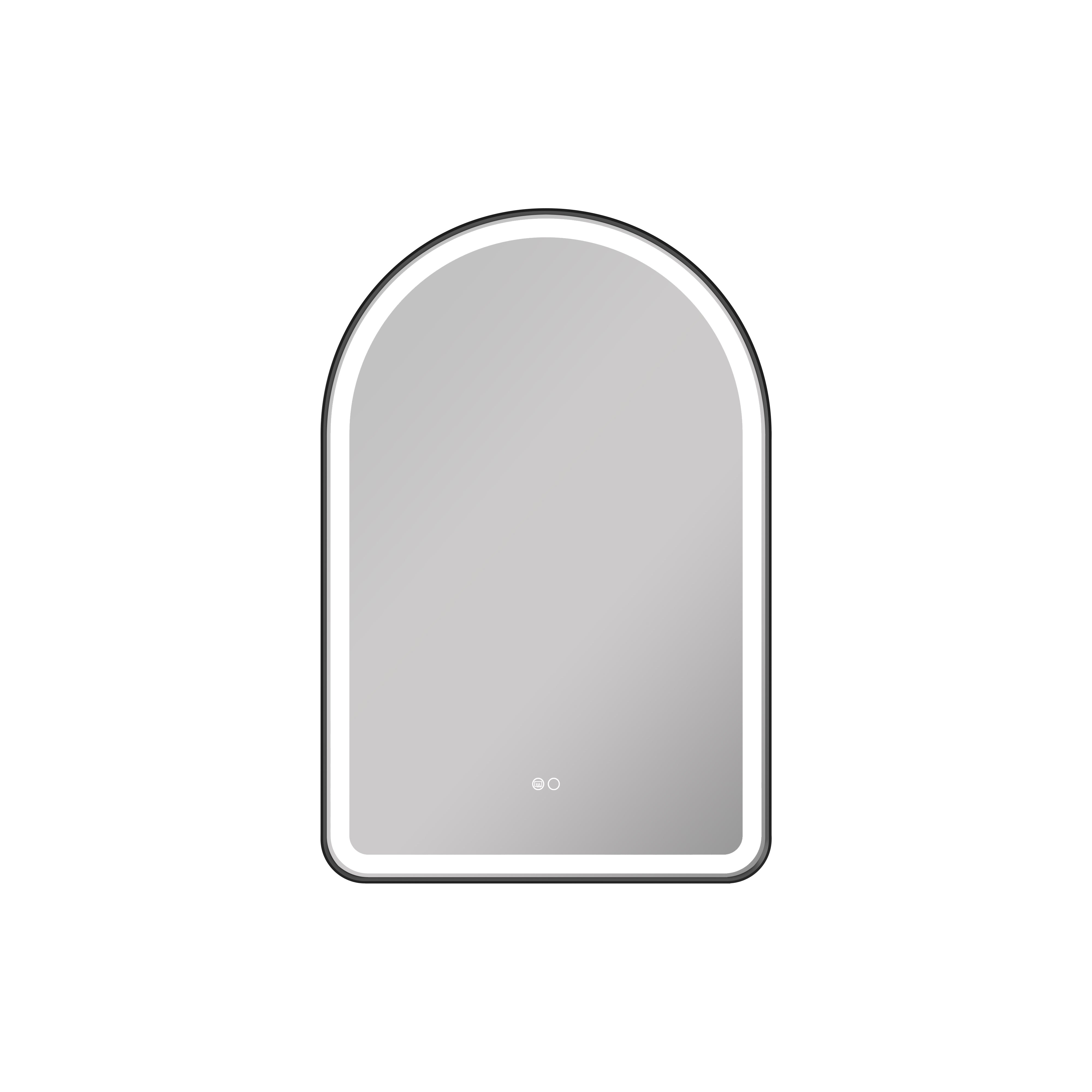

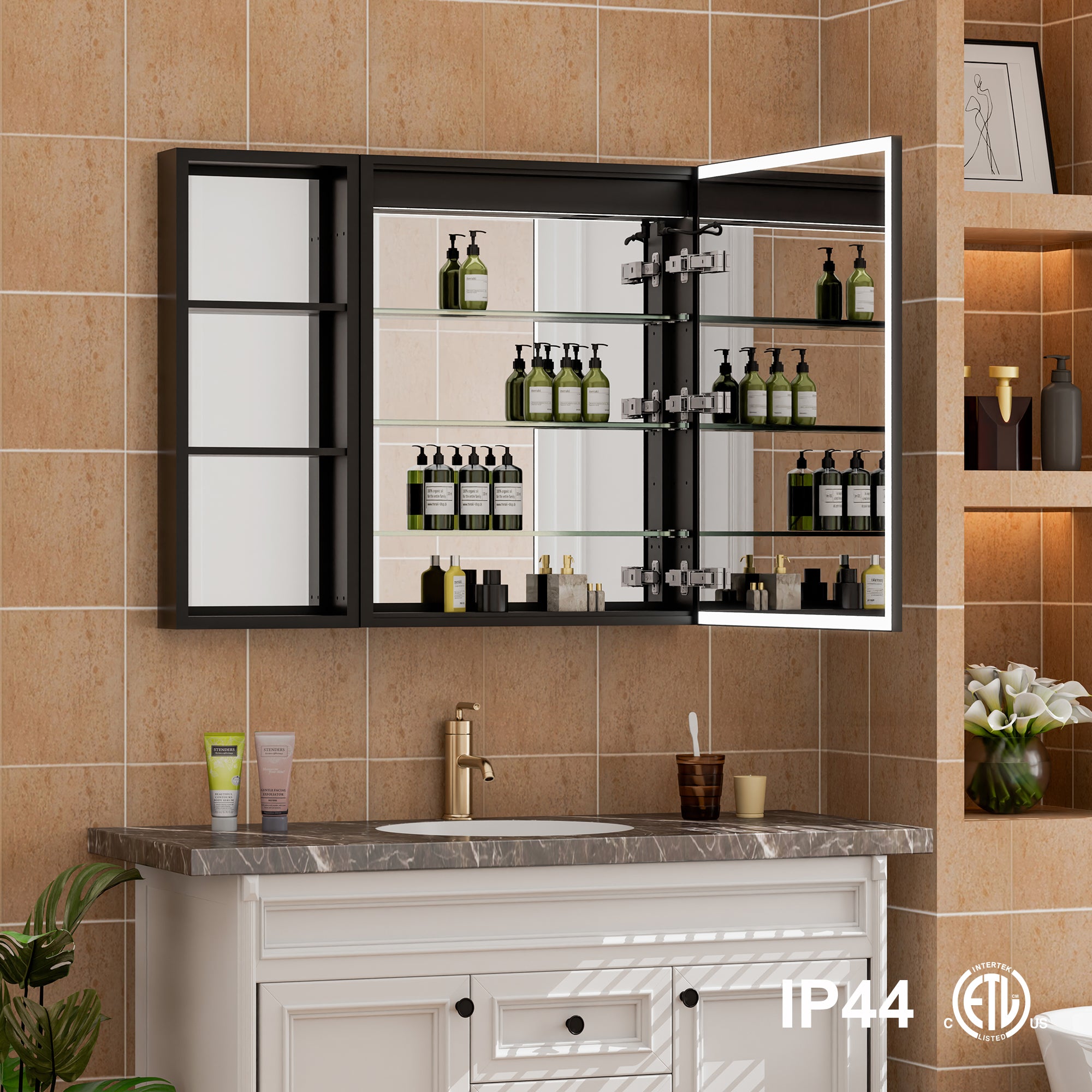
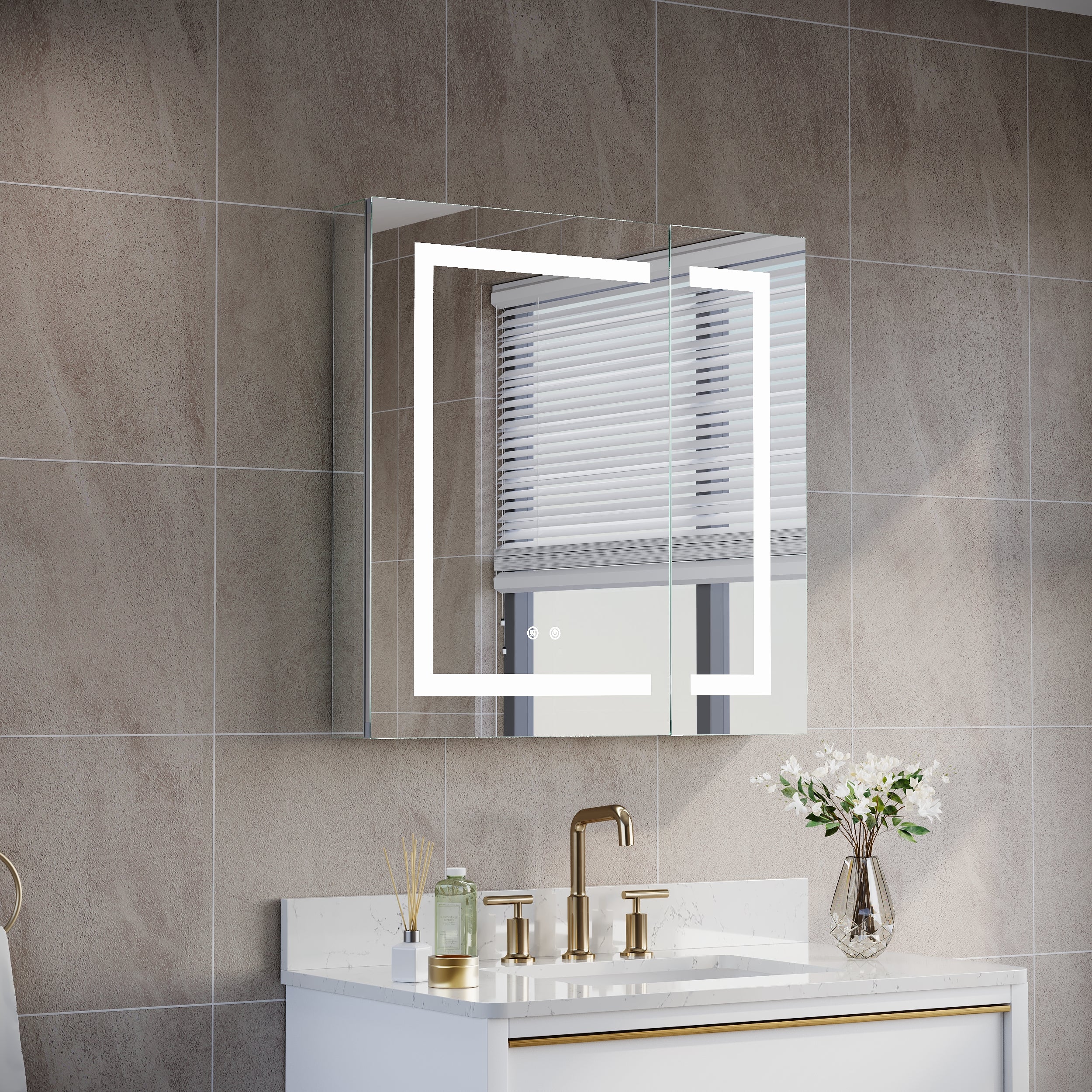
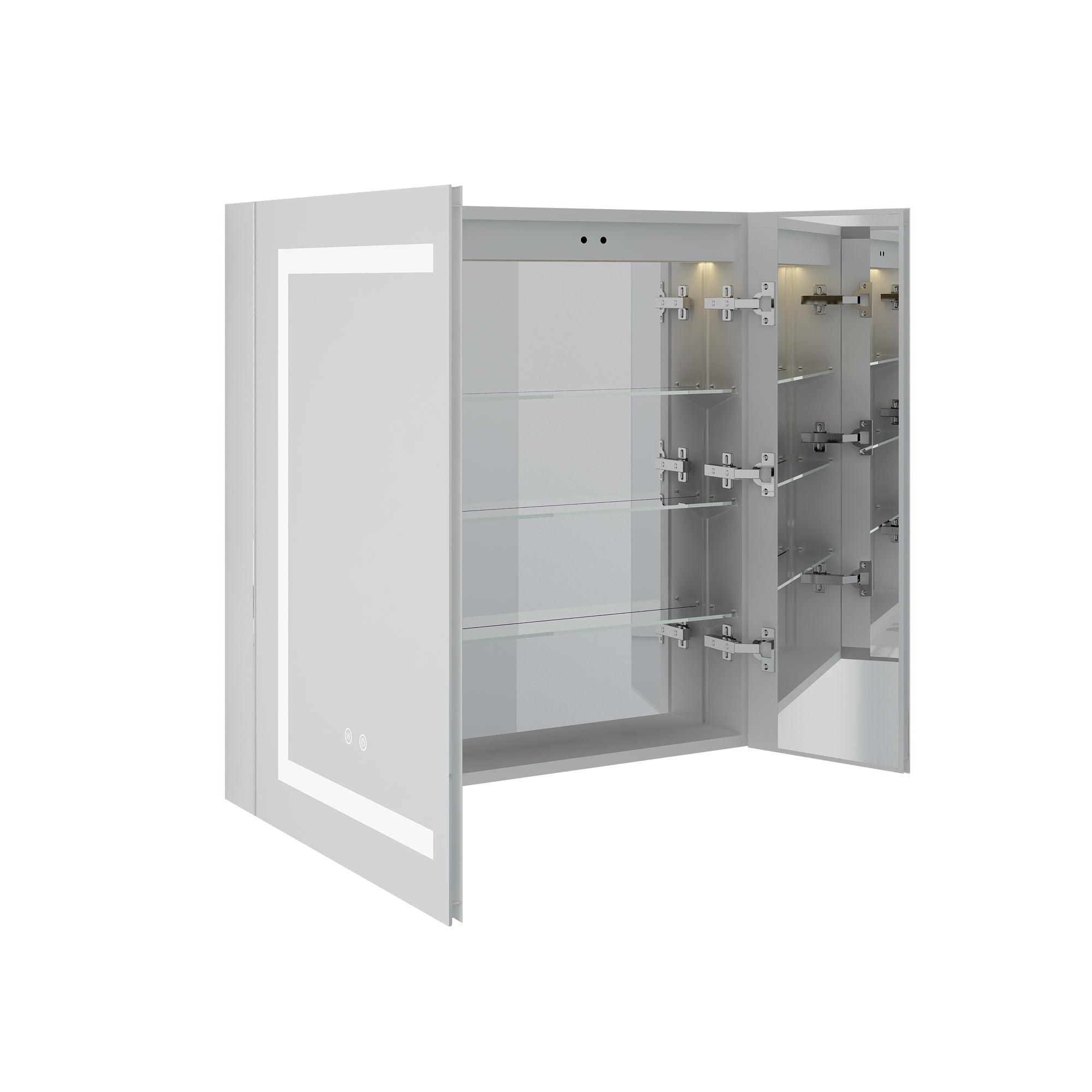
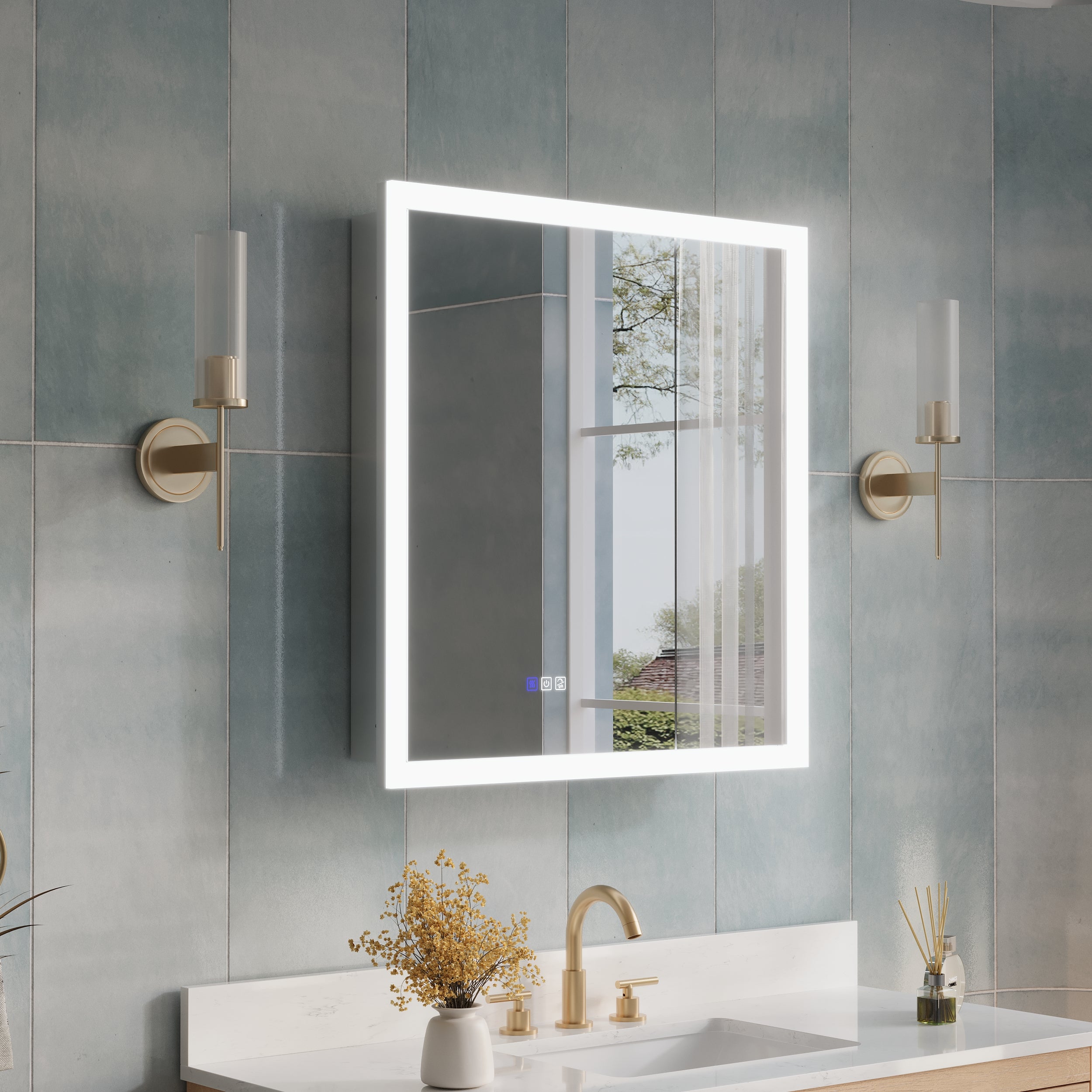
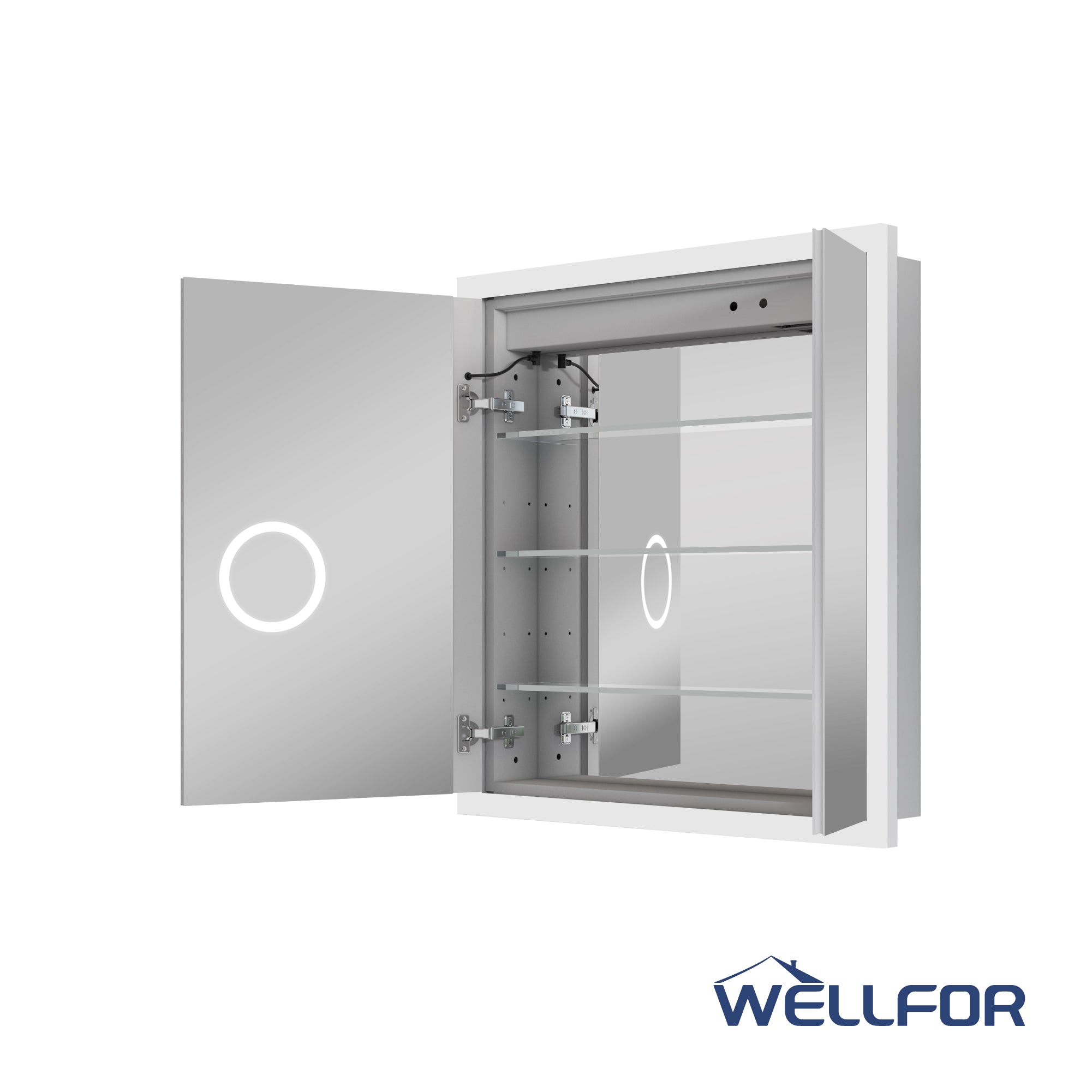
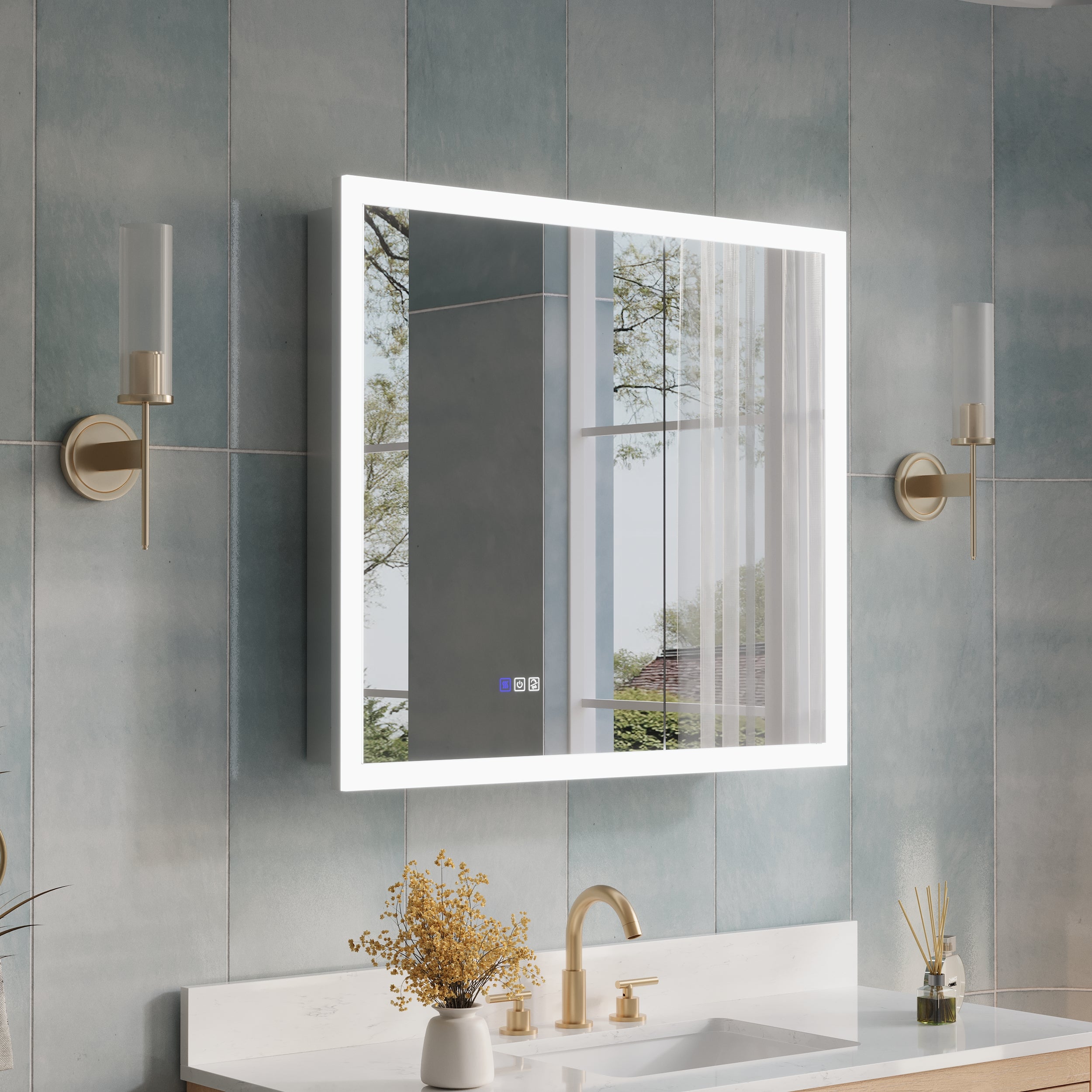

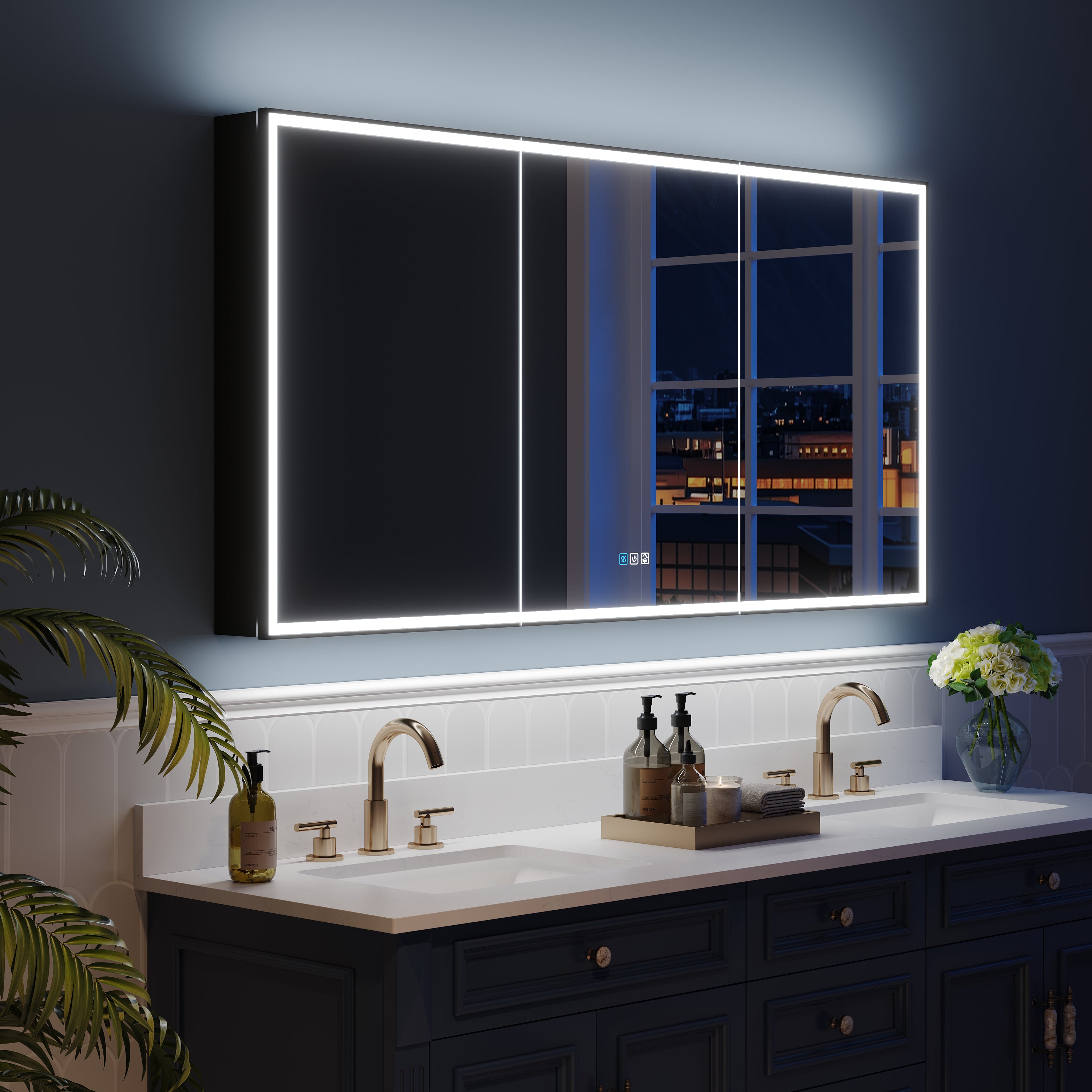
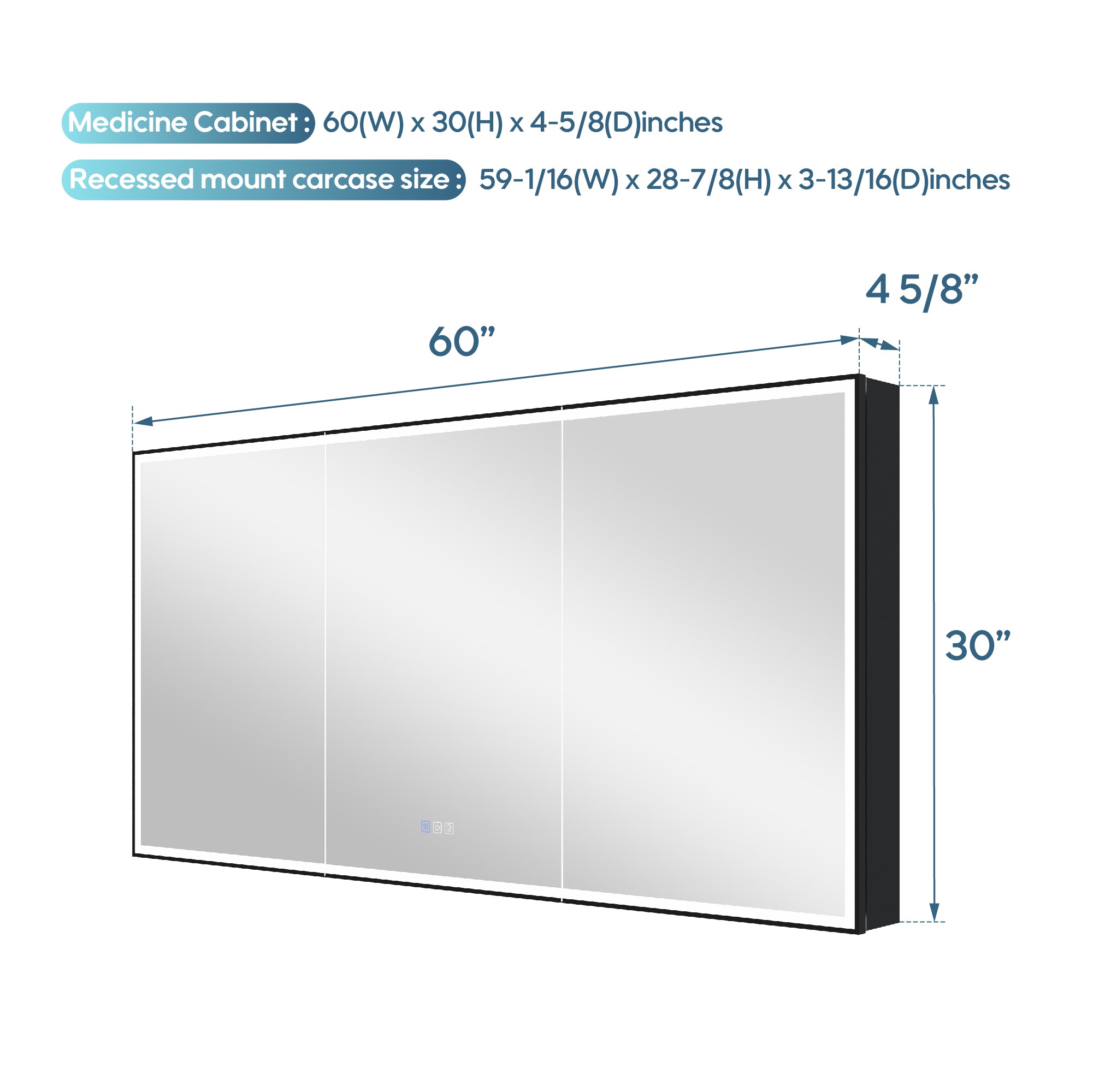
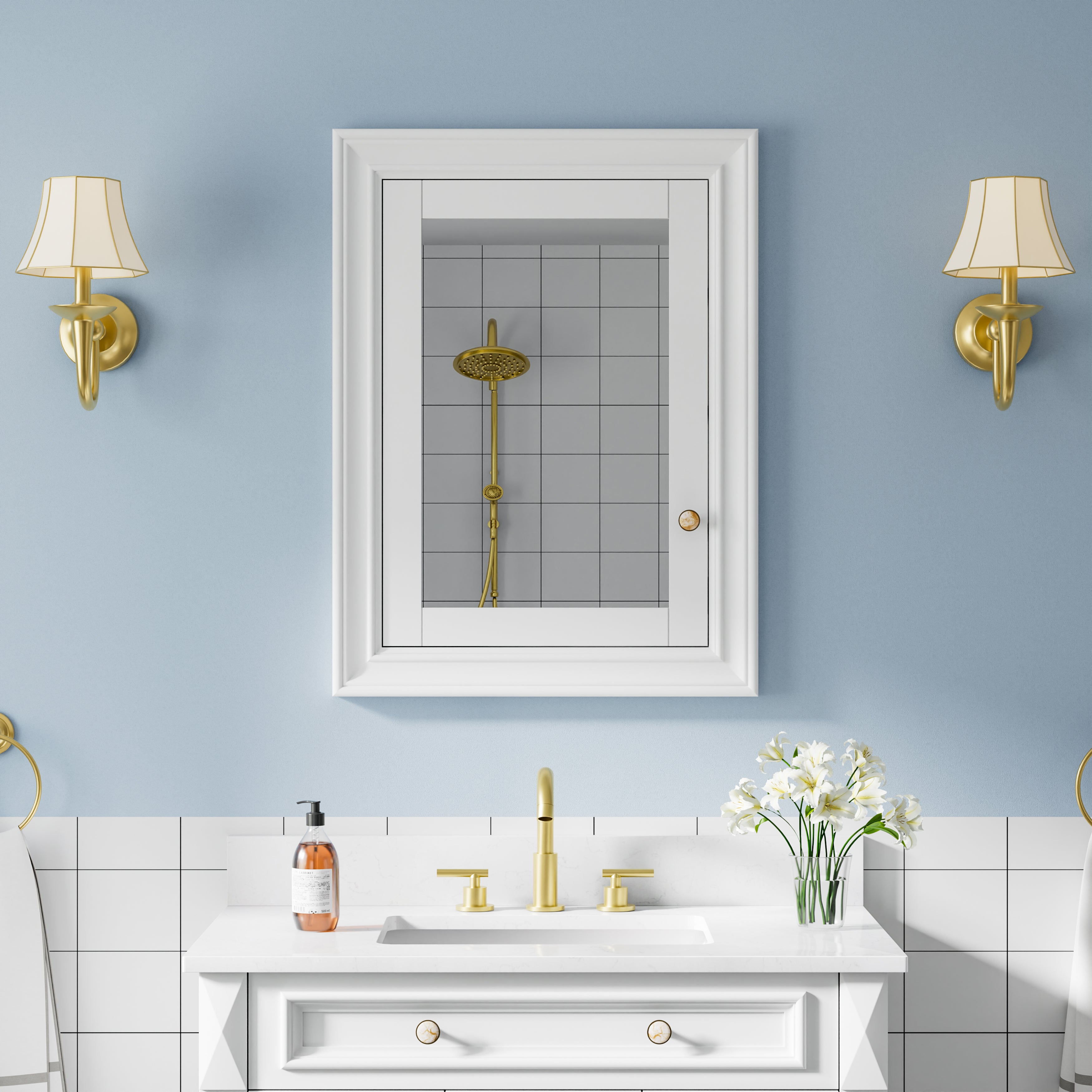




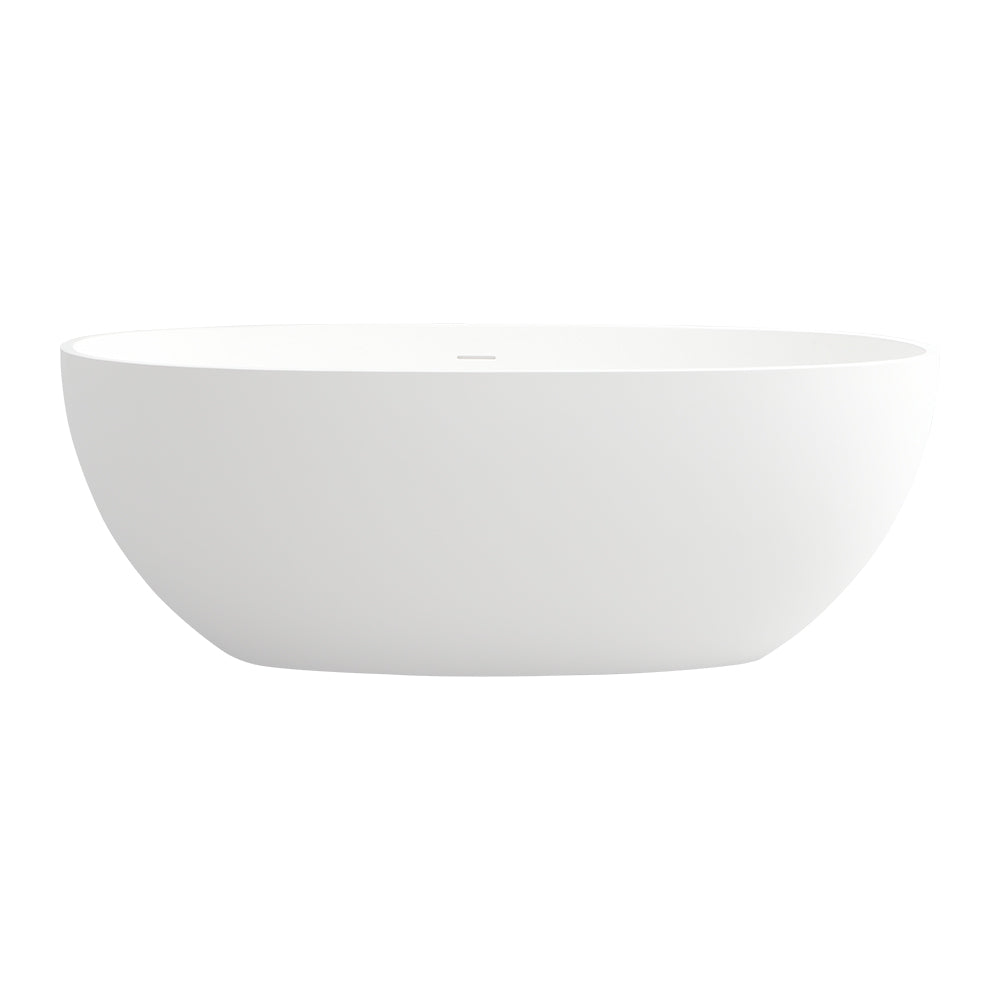


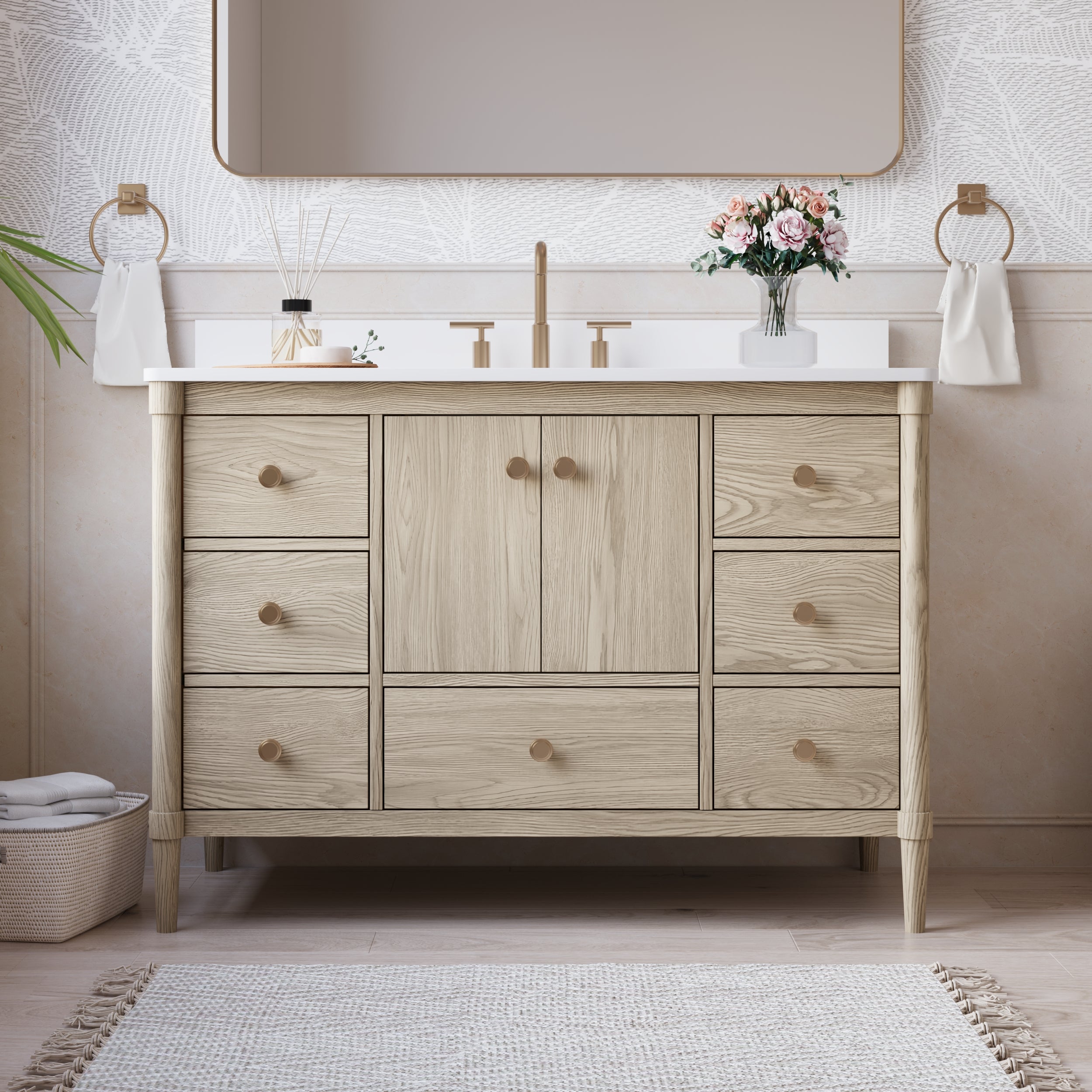
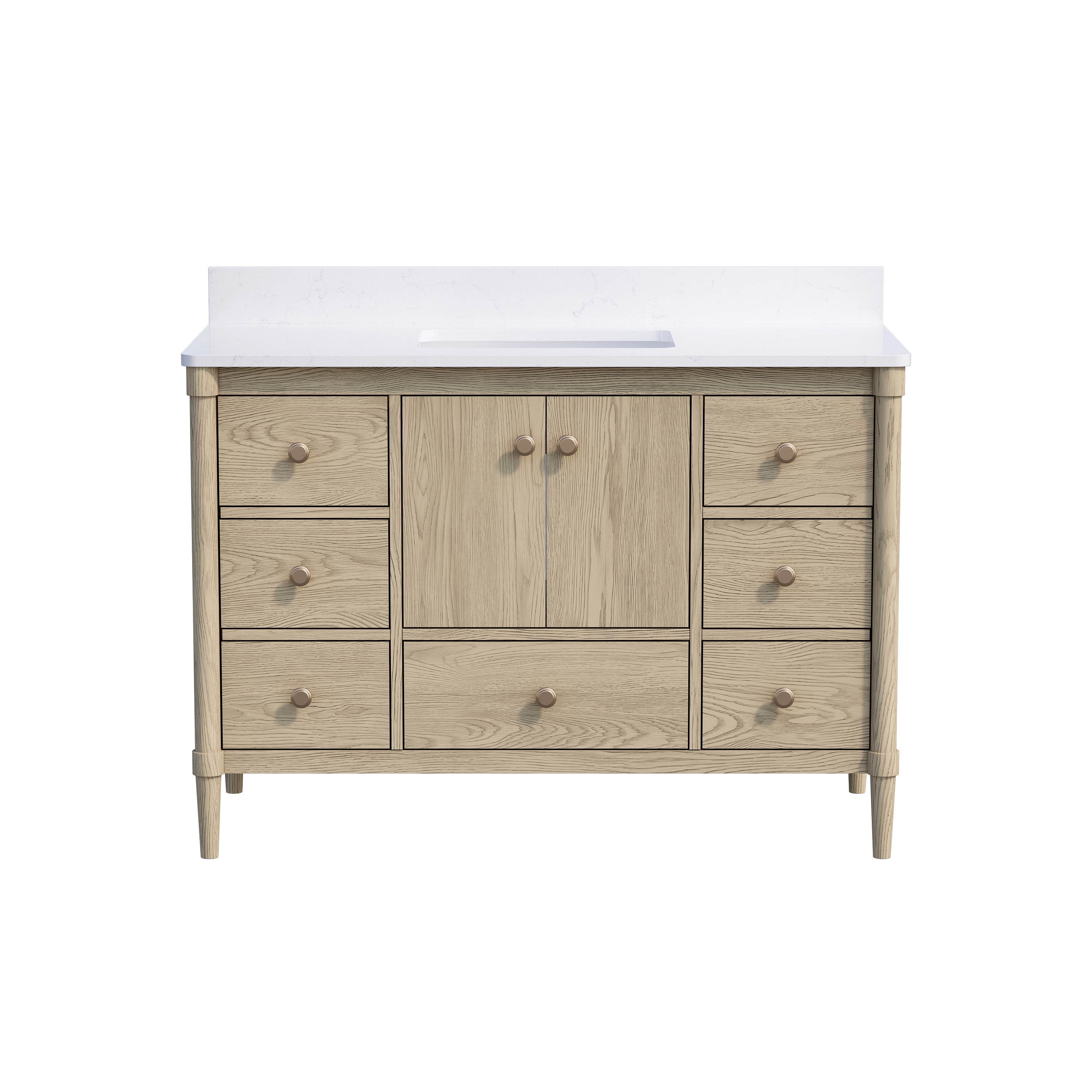
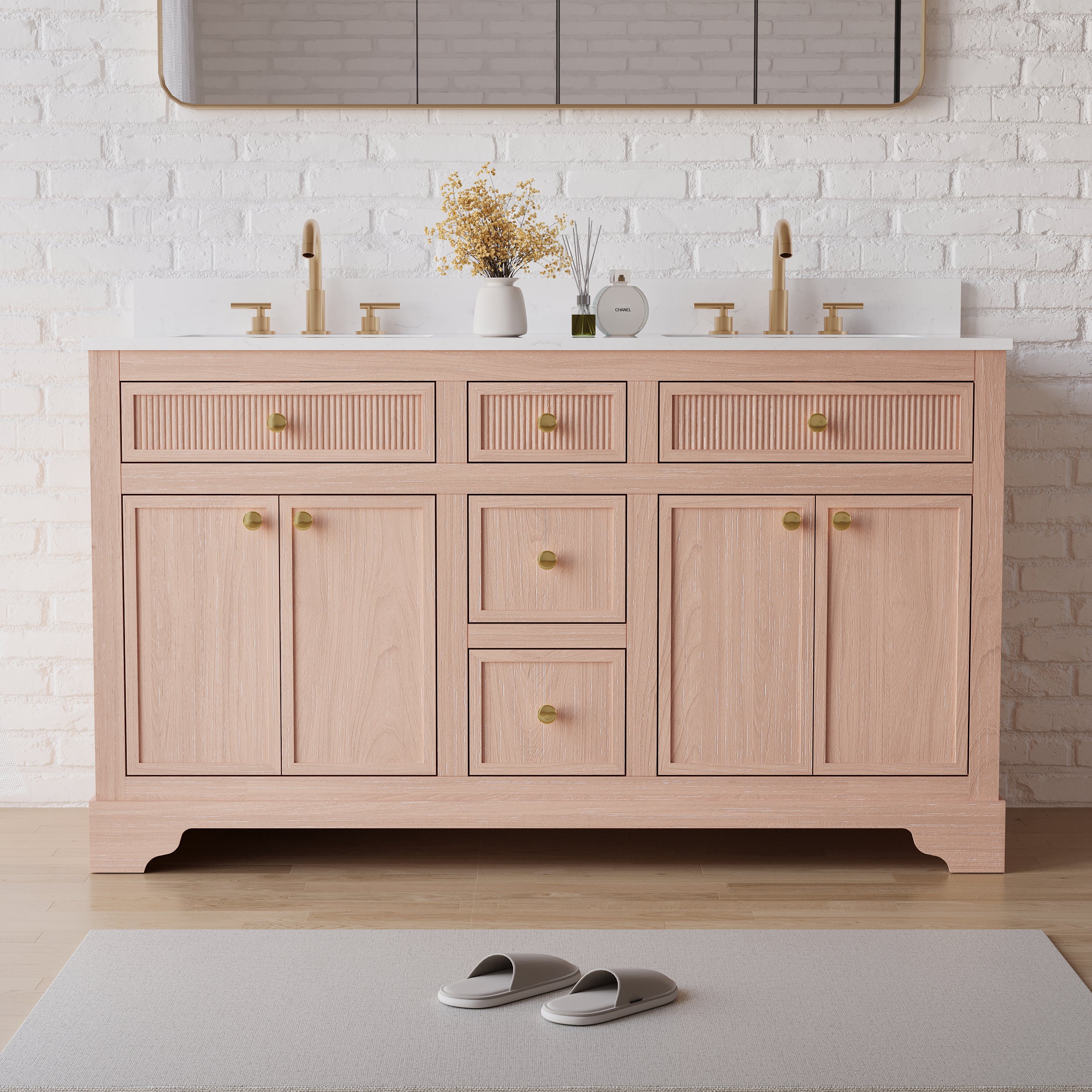



Leave a comment
This site is protected by hCaptcha and the hCaptcha Privacy Policy and Terms of Service apply.